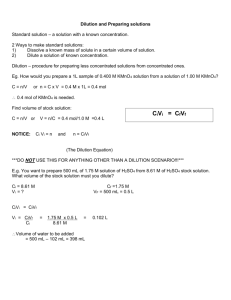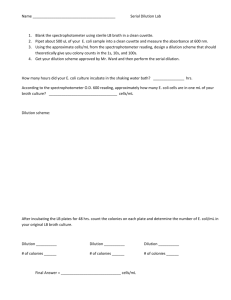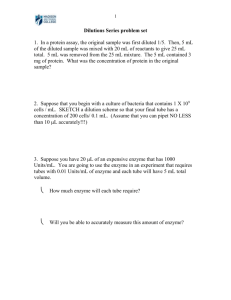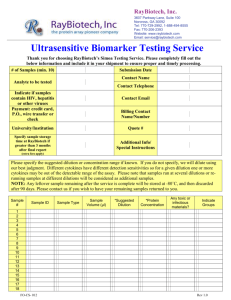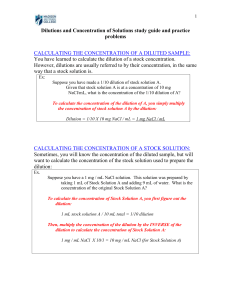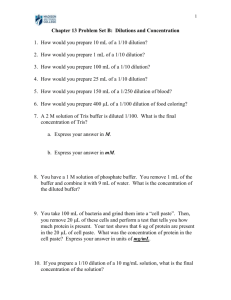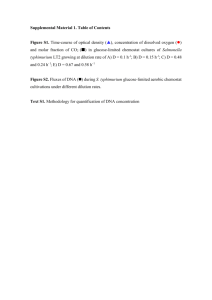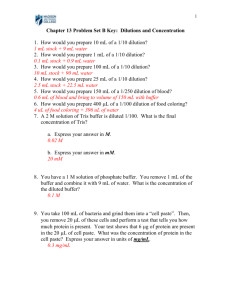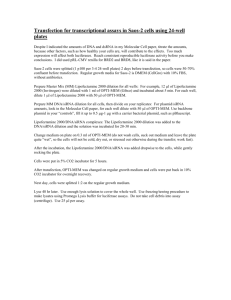Results and discussion - Springer Static Content Server
advertisement
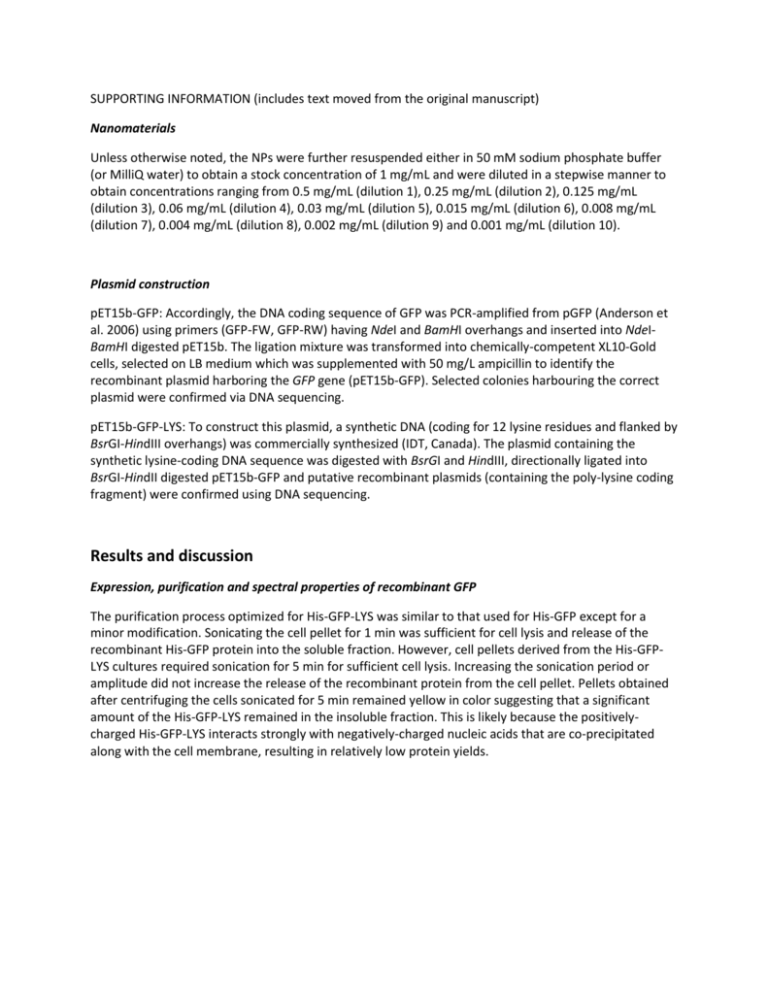
SUPPORTING INFORMATION (includes text moved from the original manuscript) Nanomaterials Unless otherwise noted, the NPs were further resuspended either in 50 mM sodium phosphate buffer (or MilliQ water) to obtain a stock concentration of 1 mg/mL and were diluted in a stepwise manner to obtain concentrations ranging from 0.5 mg/mL (dilution 1), 0.25 mg/mL (dilution 2), 0.125 mg/mL (dilution 3), 0.06 mg/mL (dilution 4), 0.03 mg/mL (dilution 5), 0.015 mg/mL (dilution 6), 0.008 mg/mL (dilution 7), 0.004 mg/mL (dilution 8), 0.002 mg/mL (dilution 9) and 0.001 mg/mL (dilution 10). Plasmid construction pET15b-GFP: Accordingly, the DNA coding sequence of GFP was PCR-amplified from pGFP (Anderson et al. 2006) using primers (GFP-FW, GFP-RW) having NdeI and BamHI overhangs and inserted into NdeIBamHI digested pET15b. The ligation mixture was transformed into chemically-competent XL10-Gold cells, selected on LB medium which was supplemented with 50 mg/L ampicillin to identify the recombinant plasmid harboring the GFP gene (pET15b-GFP). Selected colonies harbouring the correct plasmid were confirmed via DNA sequencing. pET15b-GFP-LYS: To construct this plasmid, a synthetic DNA (coding for 12 lysine residues and flanked by BsrGI-HindIII overhangs) was commercially synthesized (IDT, Canada). The plasmid containing the synthetic lysine-coding DNA sequence was digested with BsrGI and HindIII, directionally ligated into BsrGI-HindII digested pET15b-GFP and putative recombinant plasmids (containing the poly-lysine coding fragment) were confirmed using DNA sequencing. Results and discussion Expression, purification and spectral properties of recombinant GFP The purification process optimized for His-GFP-LYS was similar to that used for His-GFP except for a minor modification. Sonicating the cell pellet for 1 min was sufficient for cell lysis and release of the recombinant His-GFP protein into the soluble fraction. However, cell pellets derived from the His-GFPLYS cultures required sonication for 5 min for sufficient cell lysis. Increasing the sonication period or amplitude did not increase the release of the recombinant protein from the cell pellet. Pellets obtained after centrifuging the cells sonicated for 5 min remained yellow in color suggesting that a significant amount of the His-GFP-LYS remained in the insoluble fraction. This is likely because the positivelycharged His-GFP-LYS interacts strongly with negatively-charged nucleic acids that are co-precipitated along with the cell membrane, resulting in relatively low protein yields.


